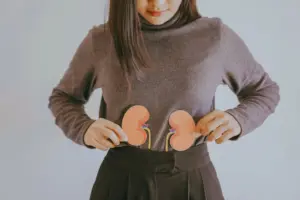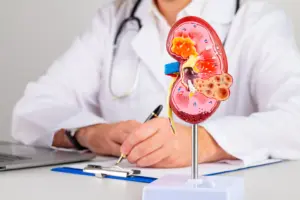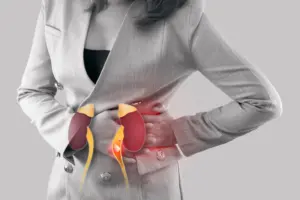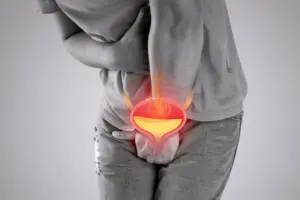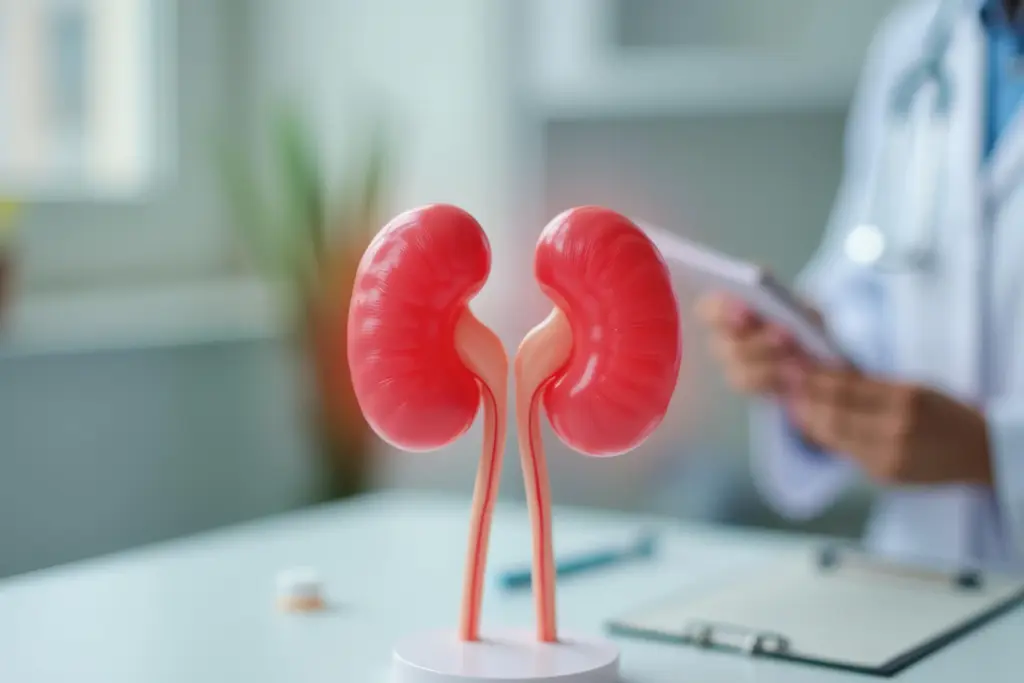
Chronic Kidney Disease: Chronic kidney disease (CKD) doesn’t often make headlines, but it should. It quietly affects millions worldwide, and most people don’t even know they have it. Why? In its early stages, CKD causes little to no symptoms. Significant harm may have already occurred by the time warning signs appear, as damage accumulates slowly.
That’s why awareness matters. In our latest guide, we break down what chronic kidney disease is, its causes, stages, and symptoms, so you can spot the red flags earlier and take steps to protect your kidney health.
Also Read | Why Chronic Kidney Disease (CKD) is known as a silent killer
What do your kidneys do?
Your kidneys are two bean-shaped organs located in your lower back, one on each side of your spine. They filter waste toxins and extra fluids from your blood. This waste is excreted from the body through urine and also plays a role in regulating blood pressure and maintaining healthy bones. They are actually your body’s natural cleaning system.
What is chronic kidney disease?
Chronic kidney disease (CKD) means your kidneys gradually lose their ability to function over time. The word “chronic” refers to its long-term nature; it’s not a sudden event. That’s what makes it different from acute kidney injury, which develops quickly and can sometimes improve with treatment.
CKD, on the other hand, is a progressive condition. Without proper management, it can worsen step by step and eventually lead to kidney failure, where dialysis or even a kidney transplant may become necessary.
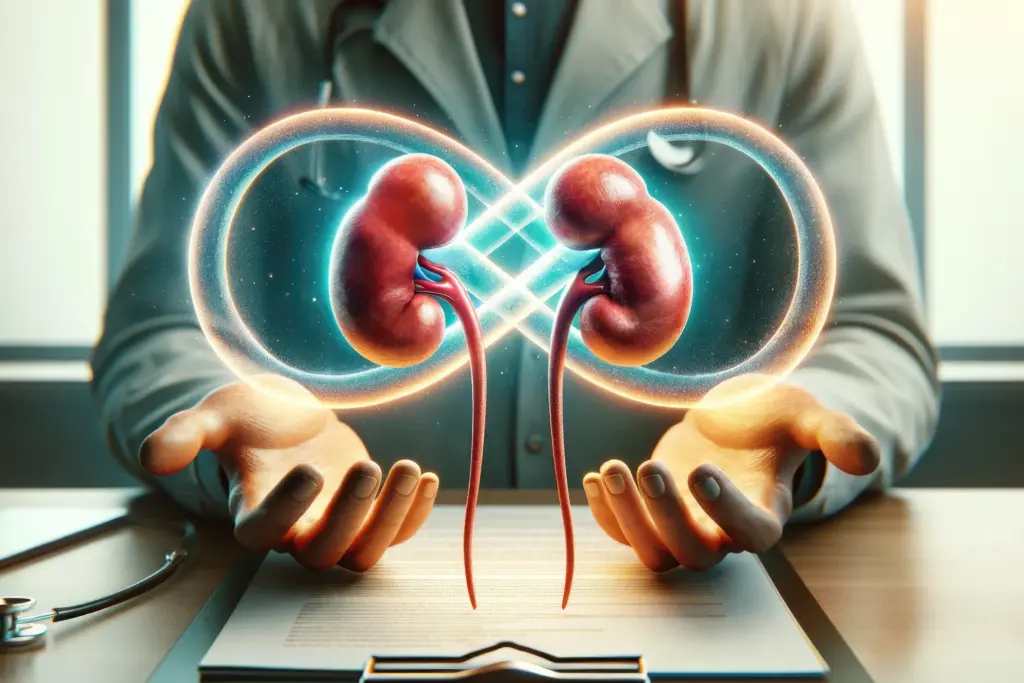
Causes of chronic kidney disease
- Diabetes is a leading cause of chronic kidney disease. High blood sugar levels can damage the tiny blood vessels in your kidneys, making it challenging for them to filter waste.
- High blood pressure also puts stress on your blood vessels, including those in the kidneys.
- Heart and kidney health are closely connected. If your heart is not functioning well, your kidneys will also suffer.
Stages of chronic kidney disease:
- Stage 1: Mild disease
Kidneys are still working well. Most people don’t notice any symptoms at this stage. - Stage 2: Early decline
Kidney function is slightly reduced, but symptoms remain minimal or absent. - Stage 3: Moderate disease
You may begin to feel worn out, notice swelling in the hands or feet, or experience a buildup of waste in the blood. - Stage 4: Severe disease
Symptoms become more noticeable: nausea, loss of appetite, and difficulty concentrating. At this point, doctors usually recommend preparing for dialysis or a kidney transplant. - Stage 5: Kidney failure
Kidneys are barely functioning. Dialysis or a transplant is needed to sustain life.
Common symptoms of chronic kidney disease:
Chronic kidney disease is tricky because it often shows no symptoms in the early stages. That’s why regular checkups are so important, especially if you have risk factors like diabetes, high blood pressure, or a family history of kidney issues.
Also Read | How long does it take to pass a kidney stone? 4 stages explained
When symptoms do appear, they may include fatigue, weakness, shortness of breath, sleep difficulties, dry or itchy skin, and frequent urination (particularly at night). If you observe any of these signs, it is important to consult a specialist promptly. The earlier CKD is detected, the better your chances of staying healthy and slowing its progression.




